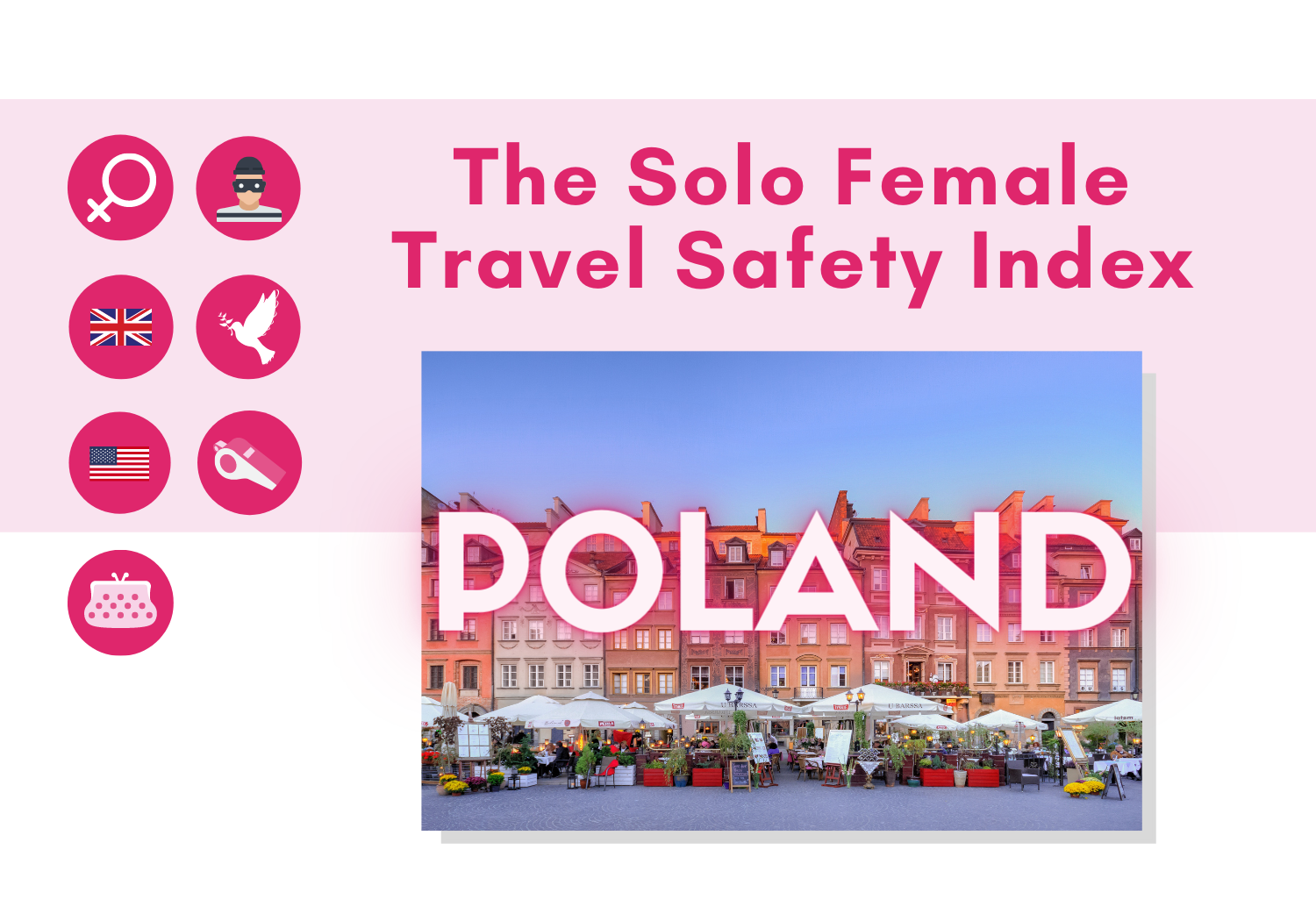This post may contain affiliate links. For full information, please see our disclaimer here and our Privacy Policy here.
Welcome to the Solo Female Travel Safety Tips and Advice page for Poland!
This page is brought to you by Solo Female Travelers Tours, our curated small group trips for women, by women.
On this page you will find first-hand, unbiased, and real safety tips, advice and reviews from women traveling solo, submitted directly from their personal experiences in the country.
Their opinions are unfiltered and submitted independently as part of the Solo Female Travel Safety Index, a ranking of 210 countries and regions based on how safe they are for women traveling solo.
The safety scores range from 1 to 4 with 1 being the safest and 4 being the most dangerous for solo female travelers.
You don’t need to login to read the below reviews. But do sign up or login to share your solo travel experiences, country safety rating and comments.
Jump straight to: Travel Tips | About the Index | Resources I Leave a Review
MAKE A DIFFERENCE – LEAVE YOUR SAFETY REVIEWS!
We can make the world a safer place for women traveling solo together. Sign up to our portal and leave your reviews NOW. Share your experience with other solo female travelers and help us empower more women through travel.
Poland Country data
We have compiled a few data points below that can help you better understand Poland and have more context when thinking about travel safety.
Official country name: Republic of Poland.
Etymology: Name derives from the Polanians, a west Slavic tribe that united several surrounding Slavic groups (9th-10th centuries A.D.) and who passed on their name to the country. The name of the tribe likely comes from the Slavic "pole" (field or plain), indicating the flat nature of their country.
Country map
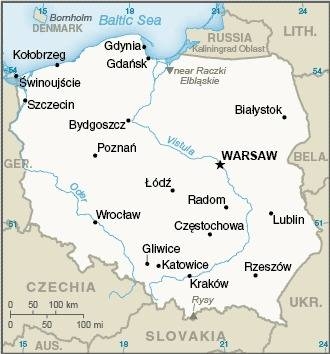
Locator map
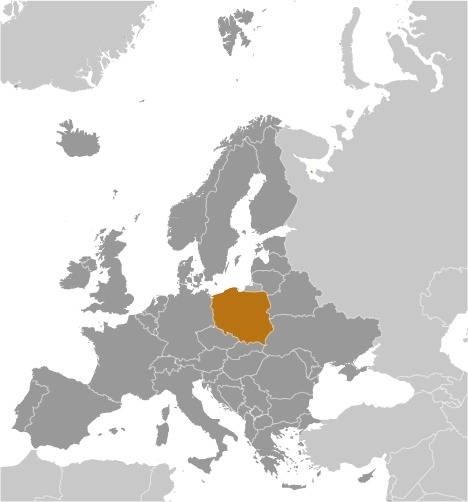
Flag
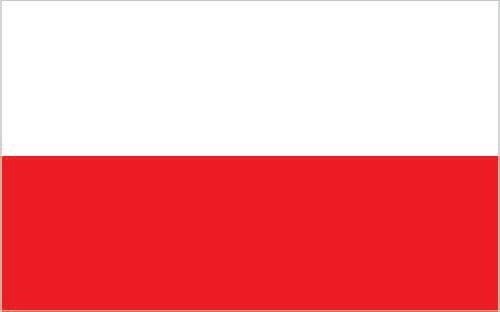
Capital: Warsaw.
Independence / foundation: During the 18th century, internal disorders weakened the nation, and in a series of agreements between 1772 and 1795, Russia, Prussia, and Austria partitioned Poland among themselves. Poland regained its independence in 1918 only to be overrun by Germany and the Soviet Union in World War II.
Population: 38 million.
Currency: Polish Zloty (PLN)
1 USD = 3.9 PLN
1 EUR = 4.26 PLN
Time zone: UTC+1
Languages spoken: Polish (official) 98%, Silesian 1%, other 1%, unspecified 1%. Note - data represent the language spoken at home; shares sum to more than 100% because some respondents gave more than one answer on the census.
Poland ratified the European Charter for Regional or Minority Languages in 2009 recognizing Kashub as a regional language, Czech, Hebrew, Yiddish, Belarusian, Lithuanian, German, Armenian, Russian, Slovak, and Ukrainian as national minority languages, and Karaim, Lemko, Romani (Polska Roma and Bergitka Roma), and Tatar as ethnic minority languages.
Religions: Catholic 85% (includes Roman Catholic 85% and other Catholic <1%), Orthodox 1% (almost all are Polish Autocephalous Orthodox), Protestant <1% (mainly Augsburg Evangelical and Pentecostal), other <1% (includes Jehovah's Witness, Buddhist, Hare Krishna, Gaudiya Vaishnavism, Muslim, Jewish, Church of Jesus Christ), unspecified 13%.
Climate: Temperate climate with cold, cloudy, moderately severe winters with frequent precipitation, and mild summers with frequent showers and thundershowers.
Real GDP (ppp – purchasing power parity): $1.388 trillion
Real GDP per capita (ppp): $37,700.
Main airports: Warsaw Chopin Airport, Kraków John Paul II International Airport, Gdańsk Lech Wałęsa Airport.
World heritage sites in Poland


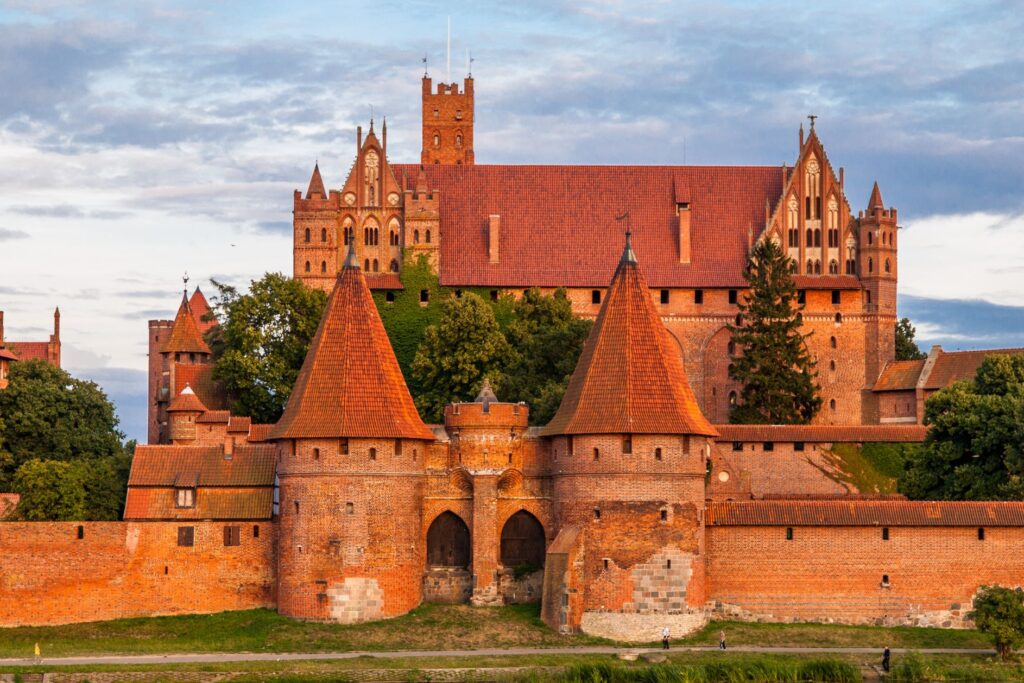
There are over 1,100 world heritage sites spread across more than 165 countries. New ones are added every year, and some may be removed from the list for various reasons.
Number of UNESCO listed sites: 17.
Top world heritage sites:
- Historic Centre of Kraków.- Castle of the Teutonic Order in Malbork.
- Medieval Town of Toruń.
- Wieliczka and Bochnia Royal Salt Mines.
- Auschwitz Birkenau.
- German Nazi Concentration and Extermination Camp (1940-1945).
- Białowieża Forest.
- Historic Centre of Warsaw.
- Old City of Zamość.
- Kalwaria Zebrzydowska: the Mannerist Architectural and Park Landscape Complex and Pilgrimage Park.
- Churches of Peace in Jawor and Świdnica.
- Wooden Churches of Southern Małopolska.
- Muskauer Park / Park Mużakowski.
- Centennial Hall in Wrocław.
- Ancient and Primeval Beech Forests of the Carpathians and Other Regions of Europe.
- Wooden Tserkvas of the Carpathian Region in Poland and Ukraine.
- Tarnowskie Góry Lead-Silver-Zinc Mine and its Underground Water Management System.
- Krzemionki Prehistoric Striped Flint Mining Region.
Interesting facts about Poland
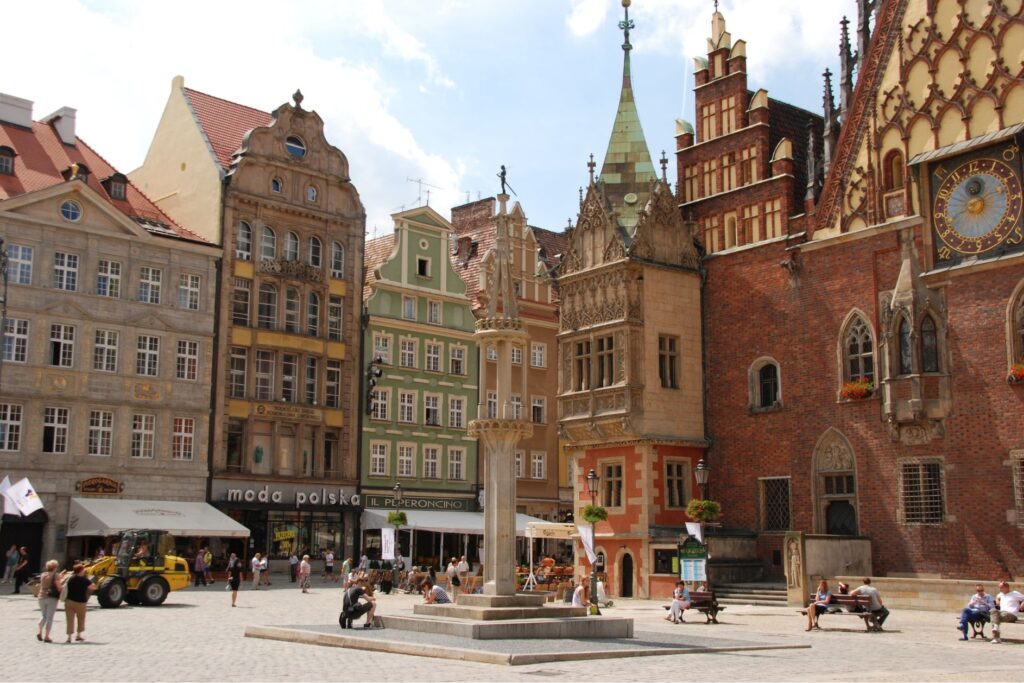
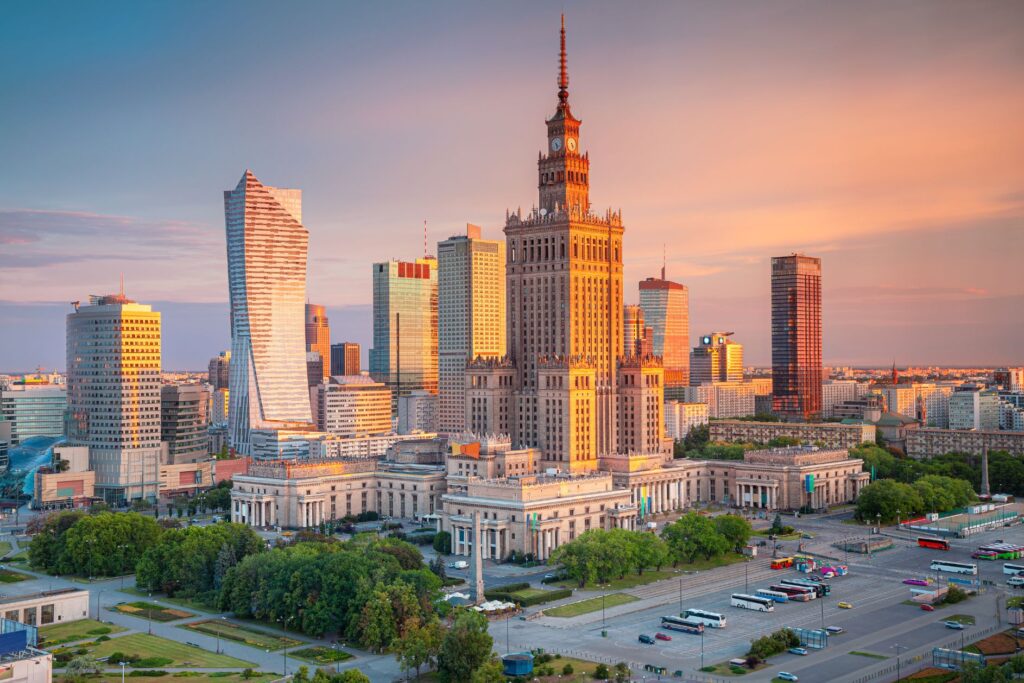
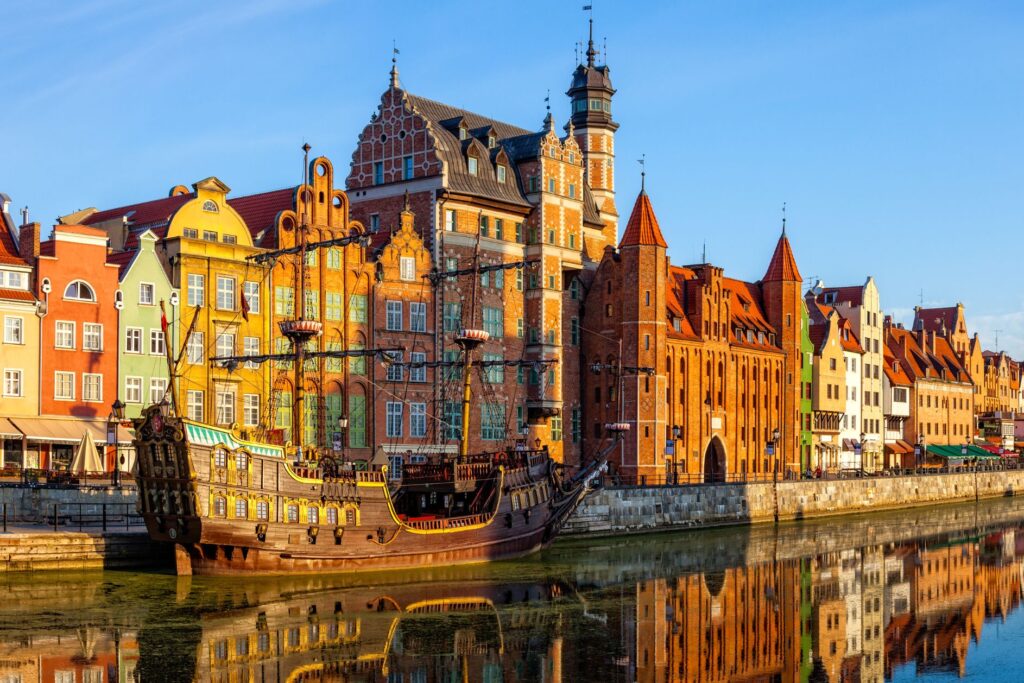
- Piwnica Swidnicka, located in the city of Wrocław, is one of the oldest restaurants in Europe. The restaurant opened its doors in 1273.
- You can find a legitimate copy of Gutenberg Bible in the Diocesan Museum in the little town of Pelplin.
- Poland is home to one of the few upside houses in the world. The Upside Down House is the only one in Poland which stands on its roof.
Further reading: N/A.
Poland Travel tips
Socket type: C / E. Guide to socket types.
Weekend days: Saturday and Sunday.
Driving: Cars drive on the Right.
Travel Guides: Lonely Planet.
Languages spoken: Polish (official) 98%, Silesian 1%, other 1%, unspecified 1%. Note - data represent the language spoken at home; shares sum to more than 100% because some respondents gave more than one answer on the census.
Poland ratified the European Charter for Regional or Minority Languages in 2009 recognizing Kashub as a regional language, Czech, Hebrew, Yiddish, Belarusian, Lithuanian, German, Armenian, Russian, Slovak, and Ukrainian as national minority languages, and Karaim, Lemko, Romani (Polska Roma and Bergitka Roma), and Tatar as ethnic minority languages.
Basic words and phrases in the main language:
Hello: Dzień dobry (jine-dobree)Please: Proszę (proshe)
Thank you: Dziękuję (jen-koo-yea)
Help: Ratunku (ra-toon-koo)
Learn more with our favorite learning app Mondly.
Find a hotel in Poland
Booking.comBook tours and activities:
More about Poland on Solo Female Travelers
Coming soon.Did you spot any errors? We do our best to keep this information updated and accurate, but things change. If you saw anything that is not right, let us know so we can fix it: [email protected].
About the Solo Female Travel Safety Index
Safety matters to solo female travelers, you told us so in our annual Solo Female Travel Survey, where year after year, women prove that this is their most important concern when traveling solo.
We wanted to do something about it, so we built these country-specific pages where you can find reviews and scores for 7 key variables affecting the safety of women traveling solo.
Variables
- Risk of scam
- Risk of theft
- Risk of harassment
- Attitudes towards women
- UK Travel Advisory
- US Travel advisory
- Global Peace Index (GPI)
Informing OSAC
The Solo Female Travel Safety Score is used by the Overseas Security Advisory Council for including safety concerns for women travelers in their country security reports; OSAC is a partnership between the U.S. Department of State and private-sector security community.
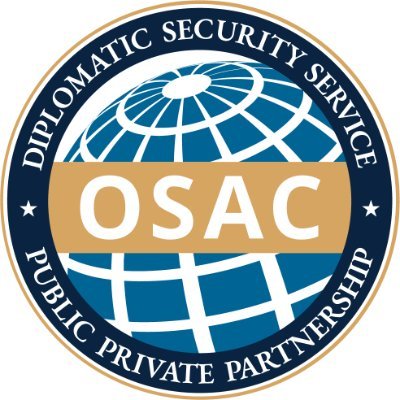
How to use the Safety Index
On this page, you will find the country score and the personal opinions on safety of other women traveling solo.
You can sort the comments by:
- The level of experience traveling solo of the reviewer (beginner = <5 trips solo, Intermediate = 5 to 10 trips solo, Experienced = >10 trips solo).
- The age of the traveler.
- Whether they are a visitor or local.
- The date they were posted.
The safety scores range from 1 to 4 with 1 being the safest and 4 being the most dangerous for solo female travelers.
Thus, the lower the score, the safer the country.
Looking for more safety resources?
This entire website is devoted to helping women travel solo. Check out the links below to learn more:
Solo Female Travel Stats: Results from the the largest, most comprehensive and only global research study on solo female travel trends, preferences and behaviors published.
Thanks to Jacobo Vilella for creating the Solo Female Travelers Safety Index ❤️

